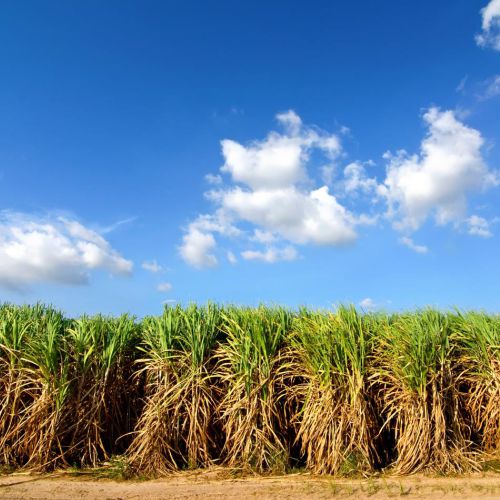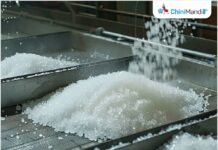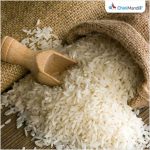New Delhi [India], April 5 (ANI): The rising prices of fertilisers in the international market due to various factors including the Russia-Ukraine conflict is pushing the subsidy bill of the government and it has borne the additional cost and has not passed it on to the farmers, sources said.
They said that apart from the Russia-Ukraine crisis, the US sanctions against Iran have contributed to the rise in international prices of the fertilisers and the government has been making efforts to not pass the financial burden to farmers.
The government has already stocked a huge quantity of fertilisers in the wake of the coming agricultural season.
Urea, Diammonium Phosphate (DAP) and Muriate of Potash (MOP) are being sold at much higher prices in countries like USA, Brazil, Pakistan and China.
The price of urea for farmers in India is Rs 266.7 per 50 kg bag, whereas in Pakistan same quantity cost farmers Rs 791, in Indonesia Rs 593 and in Bangladesh Rs 719.
In China, the price of Urea is nearly eight times that of India, while in Brazil it is 13.5 times. A 50 kg bag of urea cost Rs 3600 in Brazil, in the United States it cost Rs 3060 and in China, the farmers get it for equivalent of Rs 2100.
A similar pattern of huge gap is also visible in the pricing of DAP and MOP.
Informed sources told ANI that if prices “continue to skyrocket the cost of procurement may go up to 2 lakh crore this financial year”.
“The Centre has borne the additional cost and has not transferred it to the farmers and continues to provide subsidy to farmers,” a source said.
“Russia-Ukraine crisis, sanctions on Iran are major contributors to the hike in pricing of fertilisers internationally,” said another source.
A government source told ANI that it has stocked Rs 30 lakh metric tonne of DAP and 70 lakh matric tonne of urea.
A 50 kg bag of DAP costs Rs 1200 to Rs 1350 in India. In Indonesia, the price for the same quantity of DAP is Rs 9700, almost eight times. In Pakistan and Brazil it is more than three times. In China, the price of DAP is almost double that of India.
Rock Phosphate is the key raw material for DAP and NPK fertilisers and India is 90% dependent on imports. Volatility in international prices affects domestic prices of fertilisers.
India has been looking at other fertiliser import options due to disruptions caused by Russia-Ukraine conflict.
Fertilisers are subsidised in India. The government bears a substantial part of the cost of fertilisers.
The rise in prices of fertilizer in the international markets is expected to more than double the government subsidy burden. In recent years the annual fertilizer subsidy has been in the range of Rs 80,000 to Rs 90,000 crore.
According to government sources, the fertilizer subsidy is expected to rise to around Rs 200,000 in the financial year 2022-23. (ANI)












